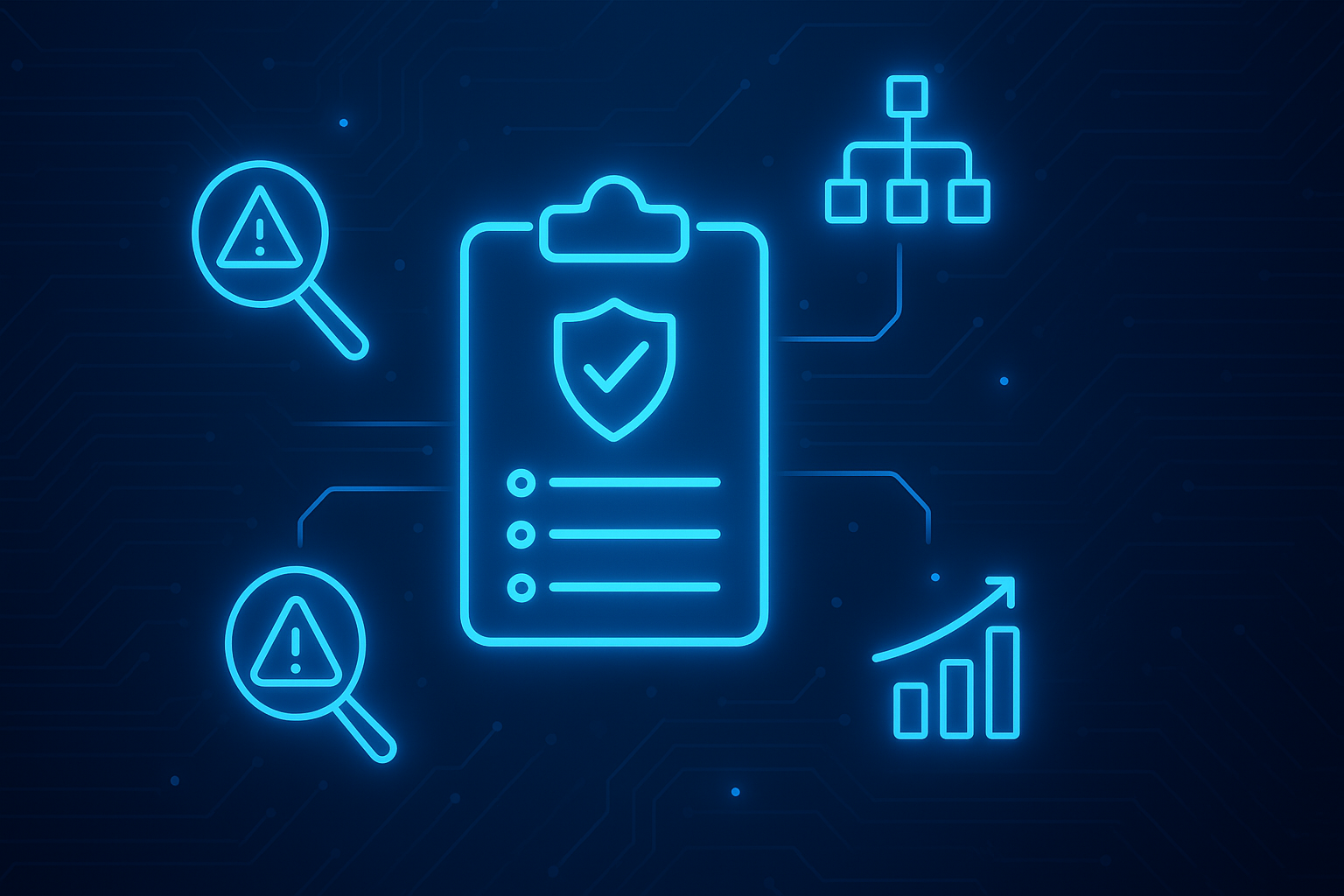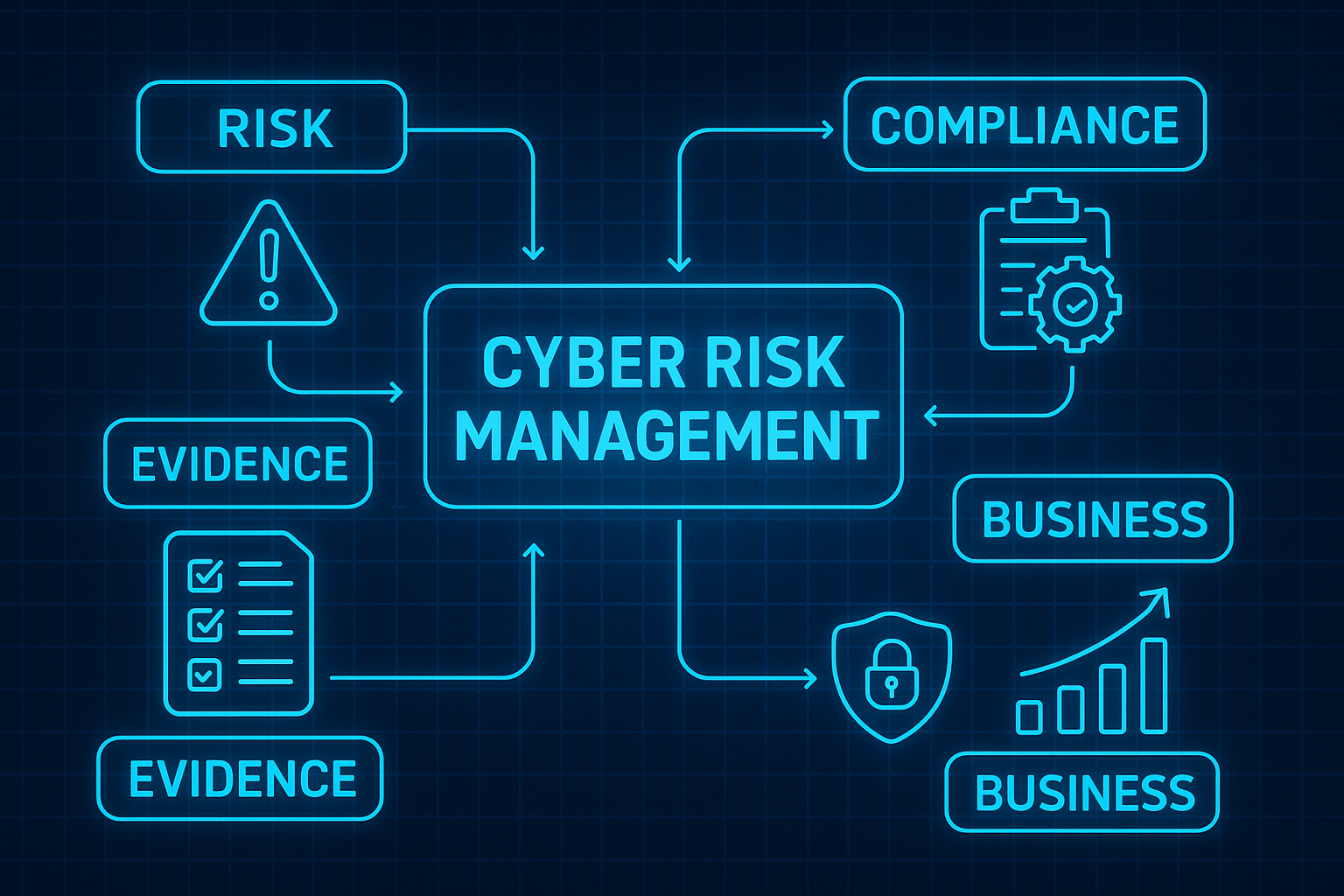What is Risk Prioritization?
Risk prioritization in cyber risk management is the process of systematically analyzing and ranking identified risks to establish an order for risk mitigation and remediation efforts. It involves assessing the likelihood and potential impact of various cybersecurity threats to determine which poses the greatest danger to an organization.
Why is Risk Prioritization Necessary?
- Resources are limited, and organizations must focus on the most critical risks first.
- The cybersecurity landscape is constantly evolving.
- Not all vulnerabilities pose equal risk.
What are the Benefits of Risk Prioritization?
- Efficient resource allocation: Focusing efforts on high-priority risks ensures optimal use of time and resources.
- Improved cyber risk management: Addressing critical vulnerabilities first reduces overall cyber risk exposure.
- Enhanced decision-making: Provides a clear framework for understanding and ranking risks and communicating priorities to C-suite leaders and the Board.
- Proactive security posture: Enables organizations to address potential threats before they can be exploited.
- Better business continuity: Protects critical assets and functions, enhancing organizational resilience.
What are the Common Challenges Faced During Risk Prioritization?
- Poor Prioritization: Organizations often struggle to correctly prioritize key risks, leading to the misallocation of resources and potential blindness to critical threats.
- Inadequate Communication: Risk managers may fail to effectively communicate priority information from cyber risk assessments to senior management, resulting in decisions based on incomplete information.
- Erroneous Modeling: Mismeasuring known risks, such as misjudging the probability or magnitude of potential losses.
- Resource Constraints: Limited personnel, time, and budget availability can hinder proper risk assessment and prioritization efforts.
- Bias in Qualitative Assessments: Qualitative risk management approaches may introduce bias and lack precision, affecting the accuracy of prioritization.
- Lack of Coordination: Insufficient collaboration across departments can lead to miscommunication and delays in implementing risk management strategies.
- Failure to Meet Deadlines: Unrealistic timelines or poor time management can result in incomplete risk assessments and prioritization.
- Absence of Preliminary Diagnosis: Overlooking thorough initial risk identification and analysis can lead to inaccurate assessments and misguided prioritization strategies








